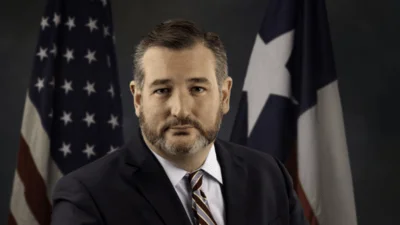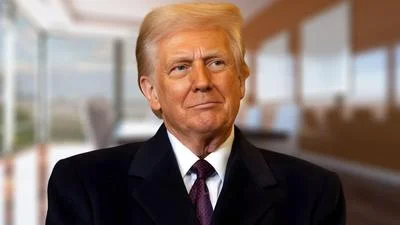The Congressional Record is a unique source of public documentation. It started in 1873, documenting nearly all the major and minor policies being discussed and debated.
“INTRODUCTION OF THE SAFE BRIDGES RECONSTRUCTION AND RESTORATION ACT OF 1997” mentioning the U.S. Dept. of Transportation was published in the Extensions of Remarks section on pages E992 on May 21, 1997.
The publication is reproduced in full below:
INTRODUCTION OF THE SAFE BRIDGES RECONSTRUCTION AND RESTORATION ACT OF
1997
______
HON. JO ANN EMERSON
of missouri
in the house of representatives
Tuesday, May 20, 1997
Mrs. EMERSON. Mr. Speaker, this year Congress will take up the reauthorization of the ISTEA law to ensure that the critical infrastructure needs of our Nation are met as we strive toward a more efficient safe, and productive transportation network. To that effect, I am introducing legislation that will expand the bridge discretionary program and I would allow States and local communities to receive sufficient funds for high cost bridges that are in dire need of replacement.
According to the U.S. Department of Transportation, in 1995, 25 percent of the Nation's interstate bridges were classified as deficient. Twenty eight (28) percent of the 130,000 bridges on all other arterial systems in the nation were deficient as well.
In fiscal year 1994-96 States requested $1.28 billion in discretionary funds for 65 different bridges. Currently, ISTEA funds the bridge discretionary program at $69 million a year and there is tremendous need for a greatly expanded program. My legislation would authorize $800 million to be used out of our transportation funds in the new highway bill for these bridges.
In the 1970's and 1980's, the Federal highway program has a large discretionary component that met the needs of replacing aging bridges and reconstructing early segments of the interstate system. However, in the last two surface transportation acts, these programs were severely cut back. Prior to ISTEA, the bridge discretionary program was funded at the $200 to $225 million level annually. ISTEA dramatically scaled back the funding, and the state of the nation's bridges has continued to deteriorate.
An expanded bridge discretionary program would allow your State to compete for bridge funds each year. It would permit these projects to move ahead faster and receive more money rather than relying on a State's regular apportionment or scarce demonstration project funds. Once these bridge projects receive their initial funding, they go to the top of the list to receive funds in the future years, if needed.
The Nation benefits from a strong Federal transportation system. We must allow the Federal Government to have the flexibility to fund a State's extraordinary bridge needs in any given year. This legislation would provide the funding and flexibility to meet this pressing need to help rebuild our high-traffic bridges that are in very poor condition nationwide.
____________________








